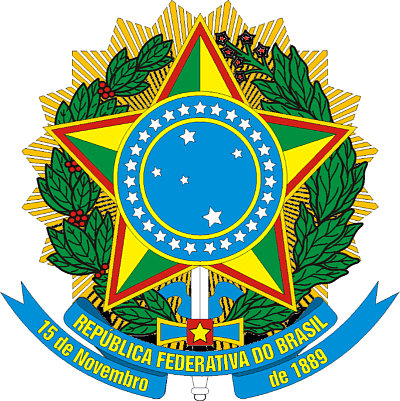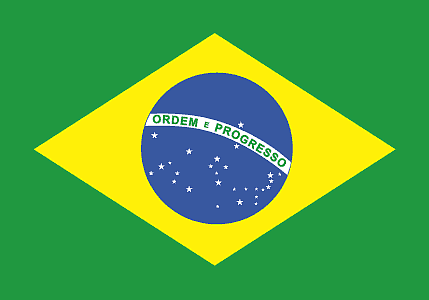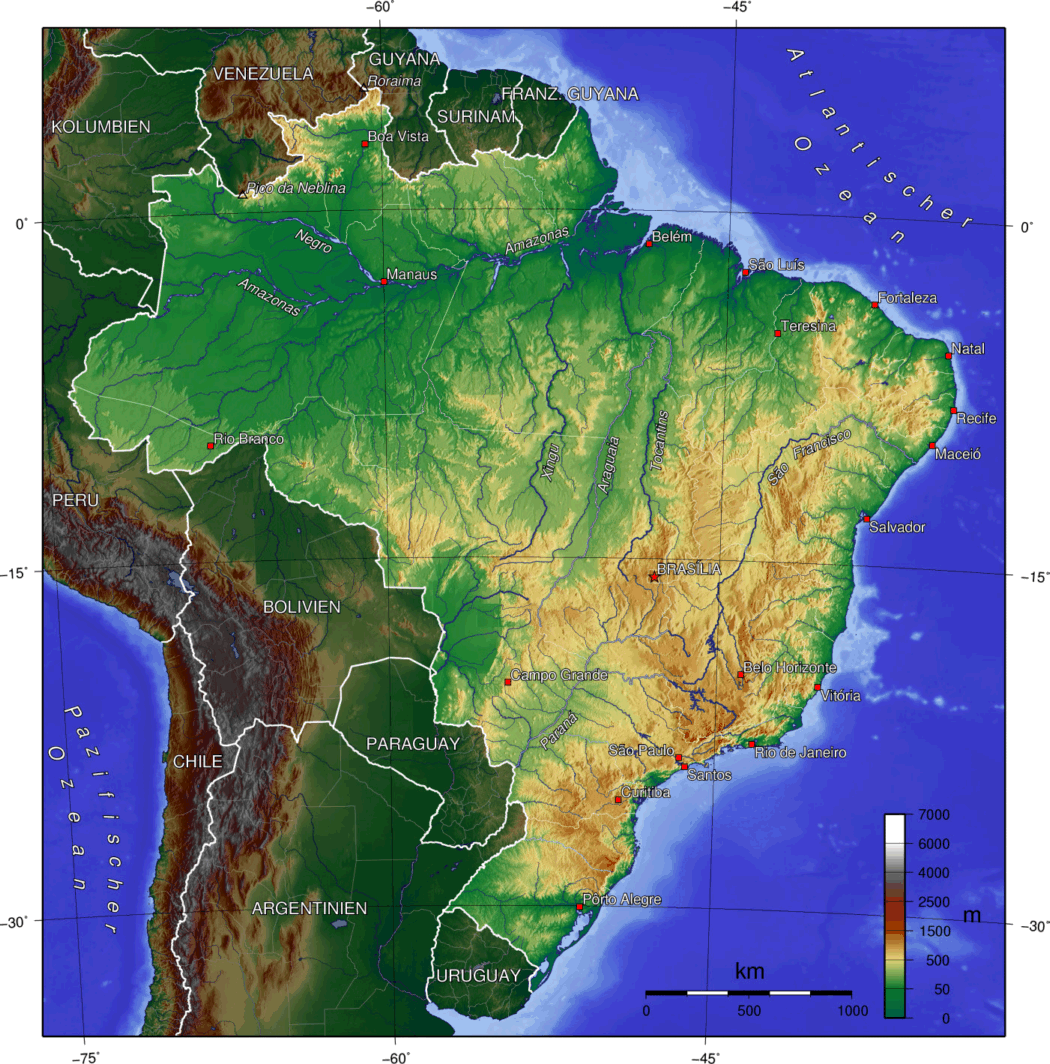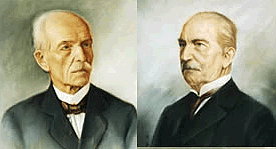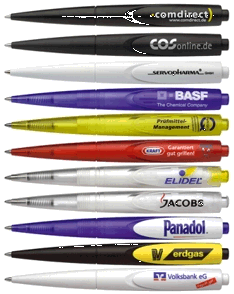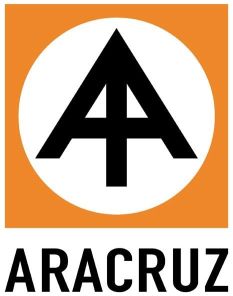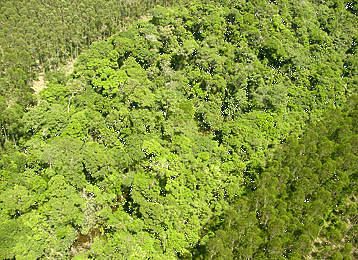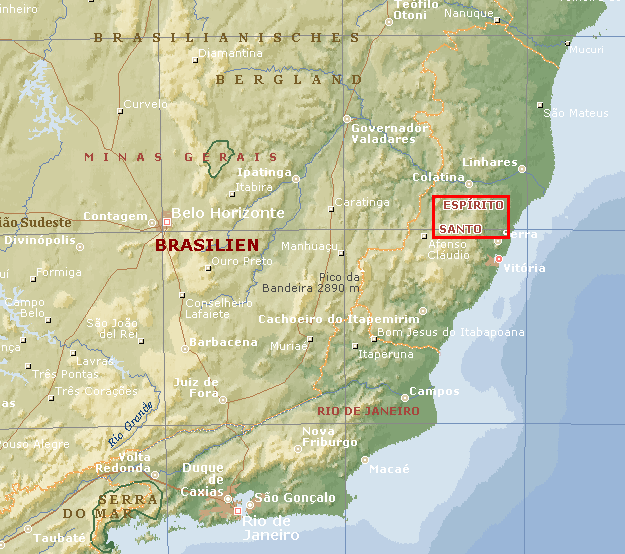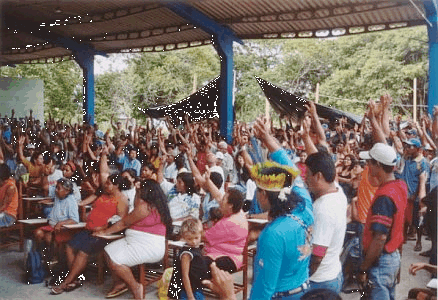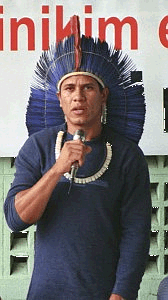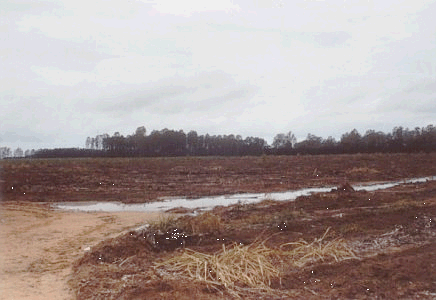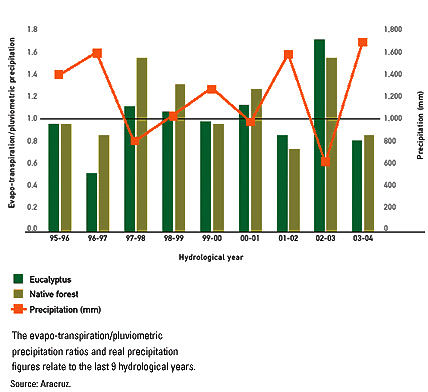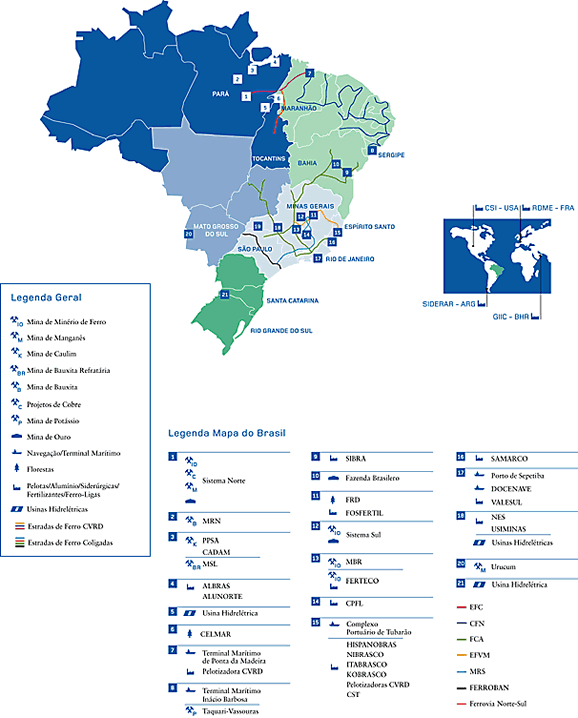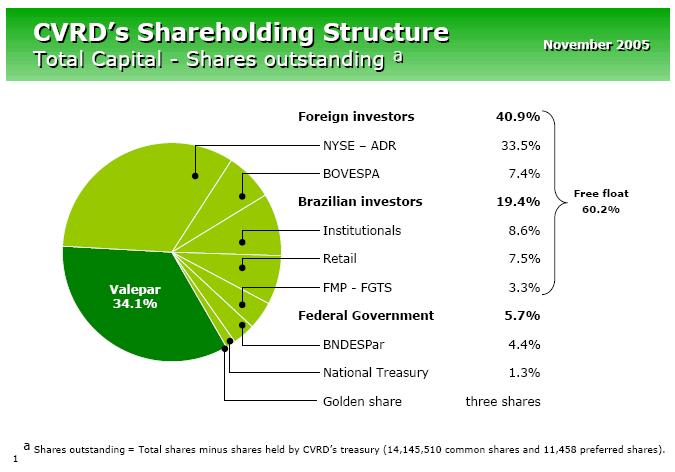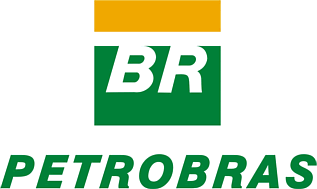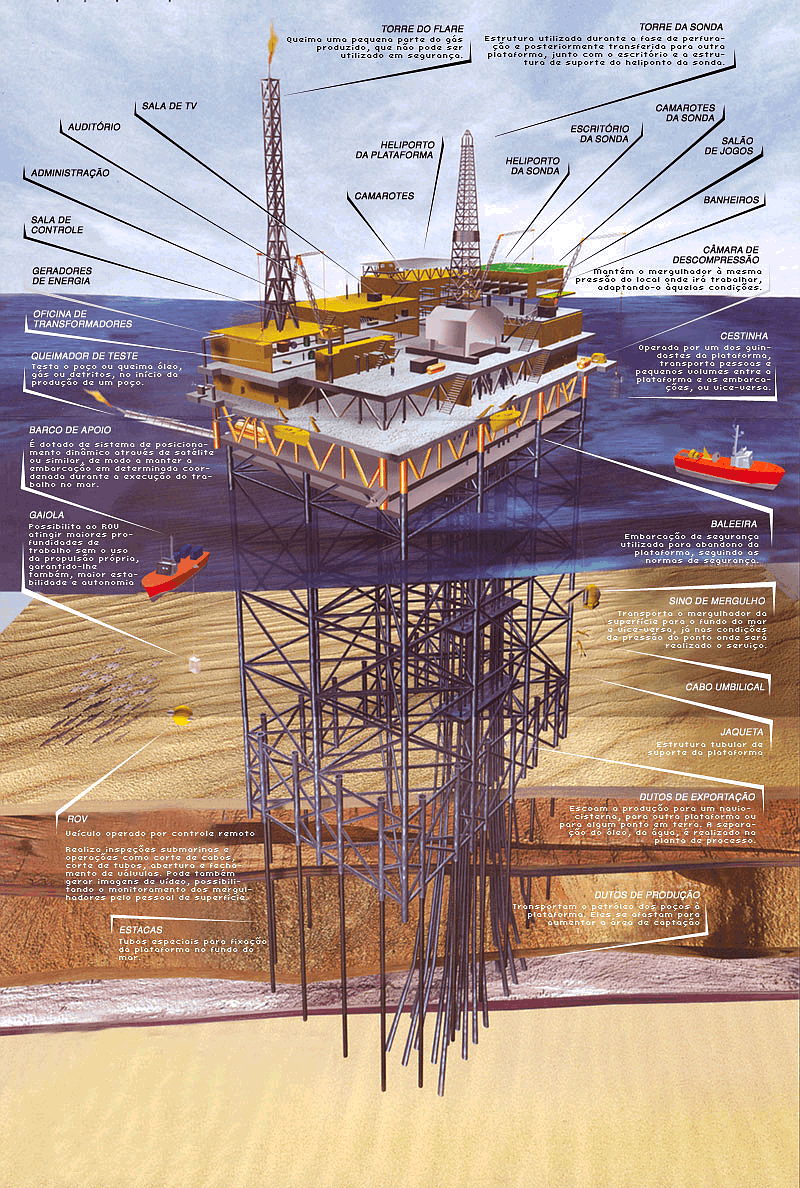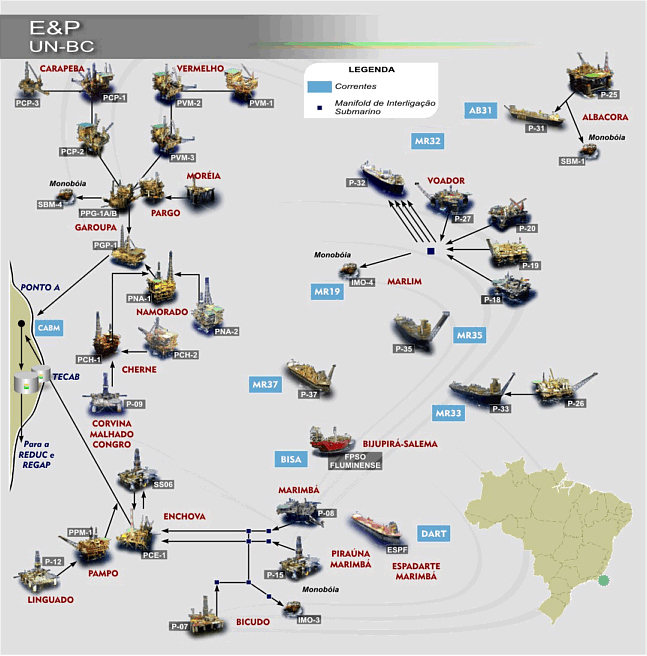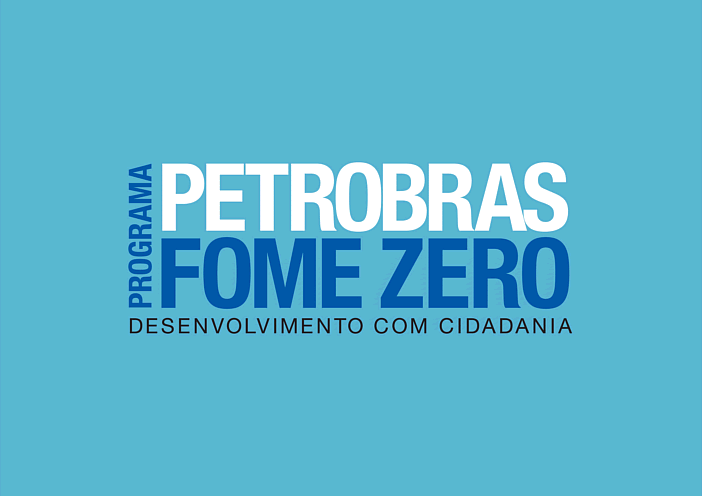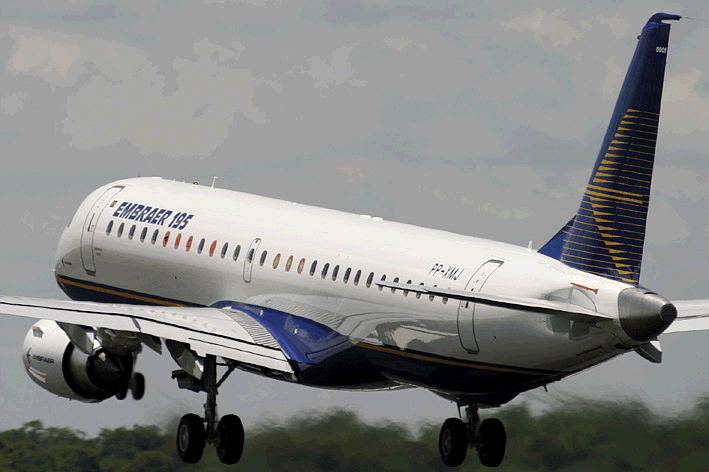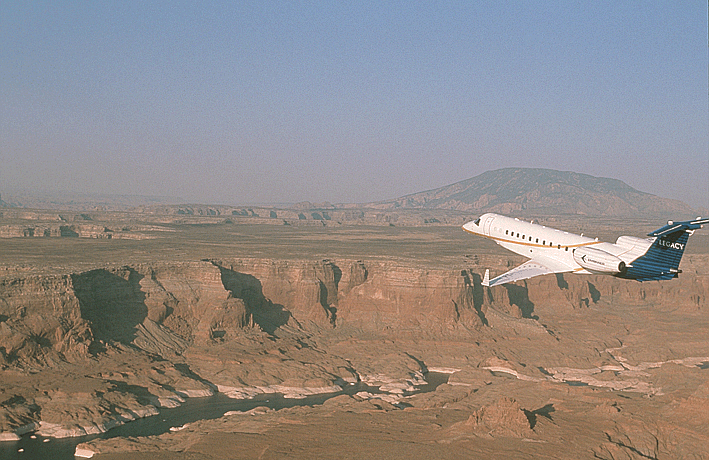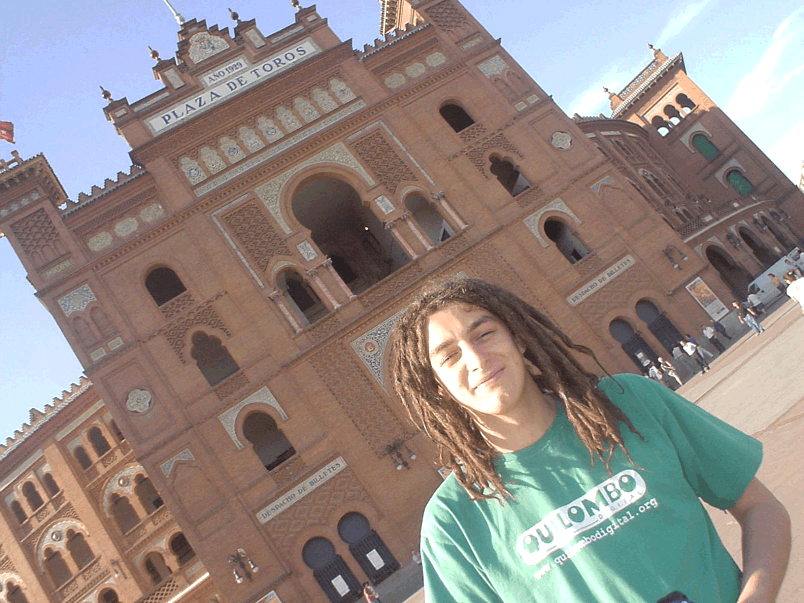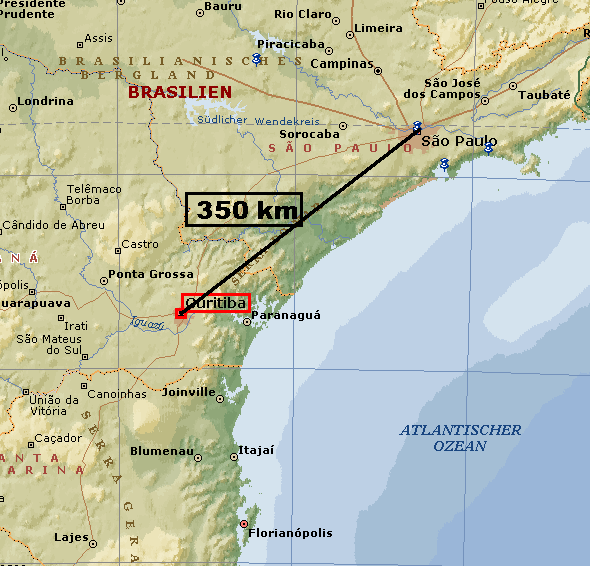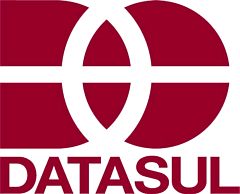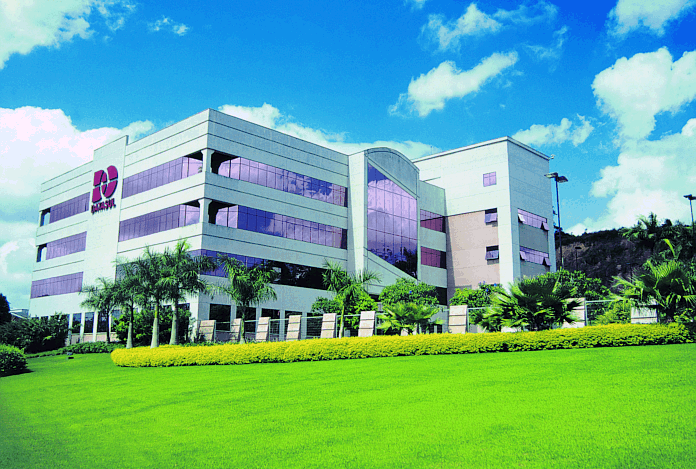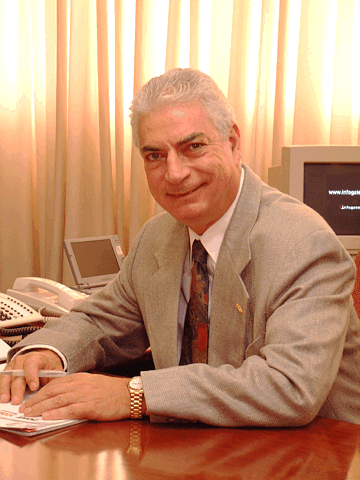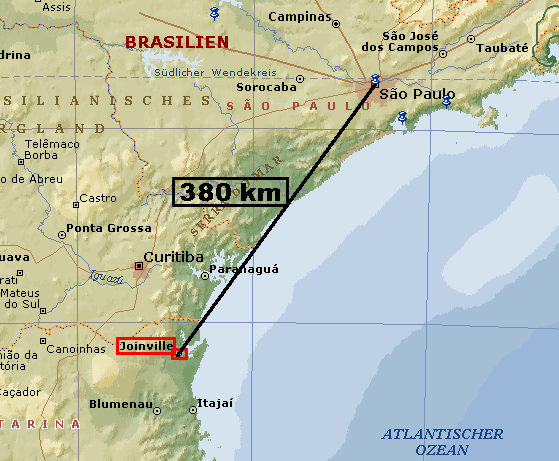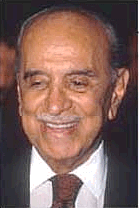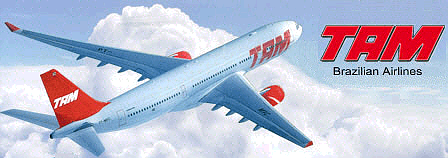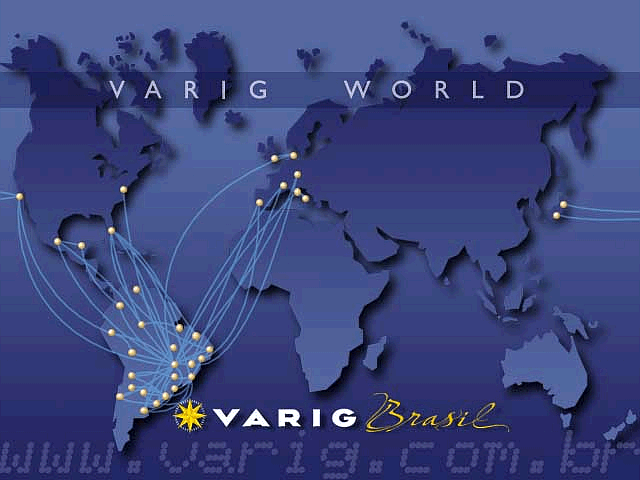| Interview mit Marcello Tosatti: "Marcelo Tosatti became
the maintainer of the 2.4 stable kernel when he was 18 years old in
November of 2001. His first kernel release was 2.4.16 on November
26'th which very quickly followed the earlier 2.4.15 to address an
issue with filesystem corruption. Two years later, he has recently
released 2.4.23 and plans to soon put the 2.4 stable kernel into
maintenance mode, only addressing bugs and security issues.
Living in Brazil, Marcelo currently works for Cyclades
Corporation. In this interview he looks at how he became the 2.4
maintainer, the challenges involved, and brings us up to date with
the current status of the 2.4 kernel.
Jeremy Andrews: Please share a
little about yourself, your background, and how you first started
working with Linux...
Marcelo Tosatti: My interest for computers started with
influence from my older brother Nei Tosatti (he used to buy spare
sparts and and "assemble" computers to sell them... that was around
1994, I was 12 years old). Before that happened, I was an average
kid who didn't enjoy school much (I wish I did).
At the time I learned how to use DOS and started playing with
BASIC/games/etc. A bit later I got interested in C and learned a bit
of it (reading books) and practicing (I remember compiling with "BCC").
I heard about Linux when I first had access to the Internet (around
1995/1996), and I bought "Linux FT" from some company in my hometown.
At the time I was working on a local ISP, and I replaced some of the
NT servers they used with Linux. Then I had the chance to work with
development at Conectiva (where I worked for the next 6 years and
got interested in kernel development).
I'm 20 years old now. I lived my whole life in Curitiba, Brasil
with my parents, and finished high school there.
In July 2003 I met Suzana and moved to live with her in Porto
Alegre (more to the south). At the same time I quit my job and go to
Cyclades.
JA: This means you were 13 or 14
when you started working for Conectiva? How did you come to start
working there at such a young age?
Marcelo Tosatti: Yes... I was working on the ISP I
mentioned when I mailed Conectiva asking for a job and we talked,
and I started working with them.
JA: What were some of your
contributions to Linux development prior to becoming the 2.4
maintainer?
Marcelo Tosatti: I fixed some VM problems on 2.2 and
2.3/2.4 (most fixes related to the "memory reclaiming logic").
I used to maintain Conectiva's kernel RPM.
JA: You recently started working for
a new company. Can you offer any reflections on what lead to this
decision, and on how it's going?
Marcelo Tosatti: I left Conectiva because I worked 6 years
there, and I felt I needed to change (do something different, work
with a different company).
Cyclades offered me a good job position, with nice projects.
Cyclades builds special purpose hardware (console servers, power
managers, etc) which now run Linux. I'm working with their embedded
distro and kernel which are used on these machines (most of them use
PPC processors). I am doing some driver work right now.
JA: I remember when Linus was
getting ready to hand off the 2.4 kernel, everyone (including Linus)
was expecting that he would give it to Alan Cox. How was it that you
instead became the 2.4 stable kernel maintainer?
Marcelo Tosatti: Alan decided to stop maintaining and he
suggested me. I had the time and the will to do it.
In the beginning it was too much pressure (from the media, etc)
but now it got better in that aspect.
JA: Now that you've had quite a bit
of experience maintaining a stable Linux kernel, what do you think?
Marcelo Tosatti: Well I think over time I made a lot of
progress in my relationships with developers (knowing who you can
trust, who you can request for help, etc).
A lot of people seem to dislike my maintainership (www.kerneltrap.org
people for example :)), but I think most developers are fine with
it.
Not as excellent as Andrew or Alan would do, but still...
JA: There is indeed a small but
vocal group on KernelTrap that have said negative things about your
maintainership of the 2.4 kernel, however I don't feel that they in
any way represent KernelTrap readers as a whole.
Have you received any feedback from Linus,
Alan Cox, or Andrew Morton regarding your maintainership of the 2.4
kernel?
Marcelo Tosatti: I asked Linus once about what he thought
about my 2.4.x maintainership and he said he didn't have any
complaints.
I believe Alan is also OK with it.
JA: What is the biggest challenge
for you in maintaining the 2.4 Linux kernel?
Marcelo Tosatti: Well, I believe unmaintained code. All
core parts are well maintained, however there are a few drivers and
subsystem which are not. I obviously dont know all the code, so...
Also I wish all bug reports were nicely and well reported, but
that is not always the case for several reasons (not everyone has
the time, etc).
I think there is not much of a big challenge in maintaining 2.4
thanks to all the subsystem maintainers and people from the
community who help with 2.4 bugfixing. I could make a giant list.
JA: You've been managing the 2.4
source tree with BitKeeper now for over a year. Has it proved to be
an improvement over what you were doing before?
Marcelo Tosatti: Yes. Everything is well logged and
commented. You can go back and see each changeset in detail (usually
you have the full message from the email which the patch posted with
an explanation).
Also the process of merging is much easier.
JA: With the recent release of
2.4.23, there were a number of VM related changes, including the
removal of the OOM killer. Can you describe the intention and
potential impact of these VM changes?
Marcelo Tosatti: The OOM killer can deadlock in some
conditions, and can also kill tasks by mistake (accounting of shm/mlock'ed
pages is not correct). Also it had problems with no swap setups.
For those who want the old OOM killer behaviour (which is useful
if you expect to run hogs, etc), it will possible to select
OOM-killer the next 2.4.x version.
JA: What conditions would cause the
OOM killer to deadlock? Also, can you elaborate on why the OOM
killer sometimes would kill tasks by mistake?
Marcelo Tosatti: It might select a TASK_UNINTERRUPTIBLE
task (sleeping on NFS, for example), waiting on a NFS server which
is down, which hangs the box for unlimited time.
A problem for servers is that OOM killer might kill big tasks (lets
say, 3GB databases, etc) instead of smaller hogs (lets say, 1GB
mozilla's). (that case the lack of the OOM killer will kill the
right process).
The OOM killer can also detect the need of killing a process in
cases with lots of mlock()'ed memory (which wont be swapped out) but
still theres some swap free.
There are also some other corner cases which the OOM killer gets
wrong (one of them related with small memory configurations).
JA: Will the optional OOM killer in
2.4.24 be identical to what was the default in 2.4.22?
Marcelo Tosatti: Yes.
JA: Historically the 2.4 VM has been
a bit of a bumpy ride. How stable do you feel it is today?
Marcelo Tosatti: The 2.4.23 VM is pretty fast (fast in
comparison with other 2.4's). I received a lot of successful reports.
The last VM changes in 2.4.23 also do a better job at HIGHMEM
memory reclaiming/balancing.
There still a few problems with lots of HIGHMEM and some specific
workloads, but thats pretty much all.
For most uses I think the VM has been very stable since
2.4.17/2.4.18.
JA: How much memory is considered
"lots of HIGHMEM", and what are the remaining problems?
Marcelo Tosatti: More than 4GB and with lots of filesystem
activity (using lots of files).
The inode reclaiming routine fails to free inodes which have
pagecache data. With highmem that becomes a real problem. Andrea has
a fix for this (inode_highmem from -aa tree)
JA: You recently announced your
intention to put the 2.4 kernel into maintenance mode after the
upcoming 2.4.24 release. What has lead to this decision?
Marcelo Tosatti: It's a timing issue. As I answer this
question, 2.6.0 is out. Developers should concentrate on 2.6.0. It
is stable for most users.
People who still use 2.4 will have their setups supported without
any major modifications.
The same thing was done to 2.2 when 2.4 was getting into
production.
JA: What are some of the main areas
you'll be focusing on during the 2.4.24 release cycle?
Marcelo Tosatti: Merge the remaining "obviously safe" -aa
(and other trees) fixes and make it sure it's stable (help tracking
and booking of problems that show up in lkml or privately).
JA: What's else do you intend to
merge from -aa?
Marcelo Tosatti: inode_highmem and maybe some other race
fix.
JA: How long before we should expect
to see 2.4.24?
Marcelo Tosatti: About mid-Feb 2004.
JA: How do you decide when it's time
to release another version of the kernel?
Marcelo Tosatti: It depends on what are the modifications
being done. We want the modifications to be well tested. For example,
2.4.21 had a big IDE update... that release took a lot of time to
released.
If less modifications are done, the time to release a kernel can
be smaller.
JA: Once 2.4.24 is released, you
should have more time to focus on other things. How do you expect to
spend this new found spare time?
Marcelo Tosatti: I want to get more involved with kernel
development. I haven't had much time to do it since I started
maintaining 2.4. I will also get more involved into the cyclades
projects.
JA: What area of the kernel do you
intend to get involved with?
Marcelo Tosatti: I'll try to get involved with the VM
again (help bug chasing, etc), and try to help in general as I can.
There are some modifications from Cyclades (in the PPC
architecture code) which I want to get merged.
JA: There recently was a lengthy
debate on the Linux Kernel mailing list regarding whether XFS should
be merged into the 2.4 kernel. Can you explain your reasons for not
wanting to merge XFS?
Marcelo Tosatti: I did not want to merge XFS because I
wasn't sure about the reliability of the VFS modifications.
Christoph Hellwig reviewed the patches which made me much more
comfortable to merge them (the modifications got pretty
straightforward after he and Nathan Scott from XFS agreed).
JA: Have there been any reported
problems with XFS since it was merged?
Marcelo Tosatti: Yes, a problem was caused by a full
filesystem in some cases IIRC. It's already been fixed.
JA: During the 2.4.23 release cycle,
a bug was fixed in the do_brk() function. This bug was recently
exploited in a high profile break-in of four Debian Project Linux
servers. Why was 2.4.23 not released sooner when this bug was first
fixed?
Marcelo Tosatti: When I first applied the fix (sent from
Andrew Morton), I didn't realize it was an exploitable bug (I
understood it could crash the box).
If I knew it I would have release the kernel a bit earlier.
JA: What reflections can you offer
on SCO's recent allegations against the Linux kernel?
Marcelo Tosatti: I'm far from being a well informed person
on this matter (I dont follow the case closely or anything), but my
personal conclusions are that SCO does not threat Linux. They will
loose in court.
JA: Have you had a chance to work
with the new 2.6 kernel?
Marcelo Tosatti: I'm trying to get it to work on some of
Cyclades boxes... (the kernel needs some modifications to work on
them).
I'm also using 2.6 in my desktop.
JA: What do you feel are some of the
more exciting new features in 2.6?
Marcelo Tosatti: The most exciting thing is the speed. It
is really fast.
Also the infrastructure is much much better now (driver API, VM,
IO, FS'es).
JA: What do you think will be some
of the areas focused on during 2.7 development?
Marcelo Tosatti: It's hard to say, but I believe mostly VM/block
IO (SCSI, IDE), networking...
JA: You've worked with Andrew Morton
while maintaining the 2.4 kernel. How do you think he'll be as the
2.6 maintainer?
Marcelo Tosatti: I believe Andrew will be a great
maintainer. He is very very skilled, and also knows how to have good
relationships with people.
JA: How do you prefer to spend your
time when you're not busy maintaining the 2.4 stable kernel?
Marcelo Tosatti: Well, I like to spend time with my wife,
watch TV, read (computer and non computer related material :)),
visit friends, etc.
JA: What types of non-computer books
do you enjoy reading?
Marcelo Tosatti: Well there's not so much of a "type"... I
usually read books that some friend suggests. I just started reading
the bestseller "Stupid White Men".
JA: Is there anything else you'd
like to add?
Marcelo Tosatti: Thanks for www.kerneltrap.org!
JA: Thank you for taking the time to
answer my questions, and for all the time you've put into
maintaining the 2.4 stable kernel. I rely on this kernel day in and
day out, and it has proven to be quite stable for me."
[Quelle:
http://kerneltrap.org/node/1880. -- Zugriff am 2005-12-24] |


